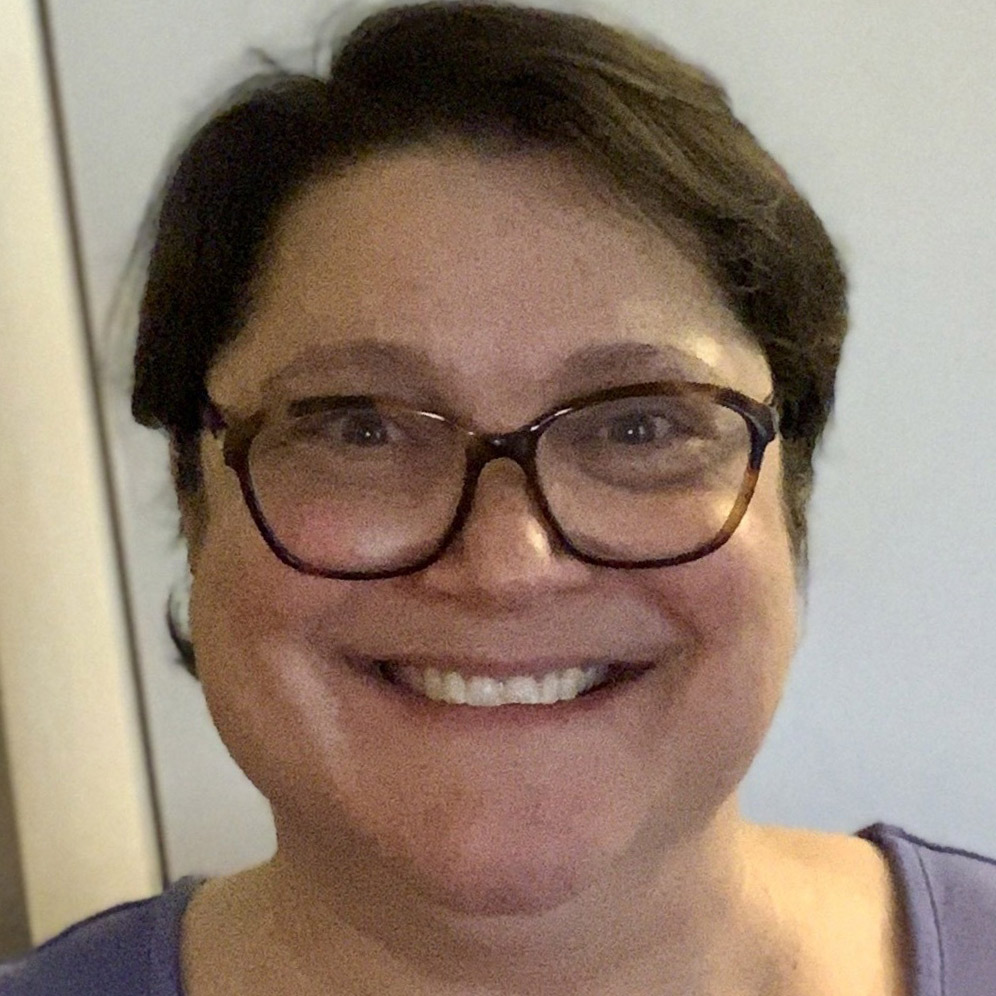
What Is PPO Insurance?
Key takeaways:
A preferred provider organization (PPO) is one type of network-based insurance plan.
Compared to health maintenance organizations (HMOs), PPOs offer you more flexibility in choosing the doctors you see, and there’s no need for a referral from a primary care provider.
To pay less for care, see doctors, medical professionals, and other providers within the PPO’s network rather than out-of-network providers.
Choosing a health insurance plan can often feel daunting. If you’ve been trying to sort out your coverage options, unfamiliar terms like HMOs, PPOs, and EPOs can seem like alphabet soup.
As a result, it can be hard to know if you’re making the right decision. To help you better understand the PPO option, read on for more information about what PPOs are and how they differ from other types of plans.
What does PPO stand for?
“PPO” stands for preferred provider organization. It’s a type of health insurance plan available to individuals and families. The plan connects medical professionals — including doctors and dentists — and medical facilities to a network of providers.
Prescription Savings Are Just the Beginning
See what other benefits you qualify for—from cashback cards to cheaper insurance.

The “preferred” part means that participants typically pay lower fees to providers within the network. Also, depending on your plan, an in-network provider visit may not require copays or other out-of-pocket costs.
People on Medicare also have access to PPOs. If you choose coverage through Medicare Advantage (Medicare Part C), you can pick a PPO plan run by a private insurer.
What are the pros and cons of PPOs?
PPOs are the most popular type of health insurance coverage, ahead of both health maintenance organizations (HMOs) and exclusive provider organizations (EPOs). Nearly half of all workers are enrolled in one. Here are the pros and cons of this type of plan.
What are the advantages of PPOs?
More flexibility: Unlike with HMOs, PPOs do not require you to select a primary care provider (PCP). Also, PPOs pay partial costs for out-of-network care, which frees you up to choose from a wider selection of doctors and specialists.
No referrals needed: PCPs are optional in PPOs. This means there’s no doctor managing your care overall, so you don’t have to persuade anyone to give you a referral to other providers.
May offer more services: Some PPOs offer a wider range of services to participants, going beyond traditional checkups and preventative care to chiropractor and acupuncture services. These details vary, depending on your plan.
Travels with you: PPO coverage protects you when you’re away from home, because you aren't limited to your network of healthcare providers. You still have coverage when you’re traveling, or if you need to see doctors and specialists out of state. By contrast, HMOs typically limit you to a network in your local area.
What are the disadvantages of PPOs?
The price of flexibility: PPO premiums tend to be higher than those for other plan types. The Kaiser Family Foundation (KFF) reported that, in 2021, annual PPO plan premiums were $1,389 for individual workers and $6,428 for families paid. By comparison, HMO premiums were $1,204 for individuals and $5,254 for families.
More likely to have an annual deductible: KFF research also found that 43% of workers in HMOs don’t have deductibles, compared to only 15% of those in PPOs. (Among workers whose plans have a general annual deductible, the averages for HMOs and PPOs are similar: $1,271 for HMOs, versus $1,245 for PPOs.)
Other costs to consider: While PPO members can see any doctor or specialist, the cost-sharing rules do vary. You’ll typically pay a larger coinsurance percentage for seeing a doctor outside your network. For example, you may pay 20% in coinsurance for an in-network doctor and 40% for an out-of-network one.
Potentially more paperwork: Going outside your PPO network may require you to submit a claim form to your insurer. If you frequently see out-of-network providers, filling out and submitting documentation could turn out to be time-consuming and frustrating.
Responsibility for coordinating care: Choosing doctors and specialists directly means that you have the job of coordinating your care. By contrast, HMOs and some other plans make your PCP the point person for coordinating and managing your care.
How does a PPO deductible work?
A deductible is the amount of money you have to spend out of pocket for covered services before your insurer will pay for anything.
Read more like this
Explore these related articles, suggested for readers like you.
For example: Say your deductible is $1,200 a year. After seeing you, your doctor will bill the insurance company. The amount you paid at that visit is then credited toward your deductible. Once you’ve paid a total of $1,200 for medical costs, your insurer will cover future costs for the rest of the year, as stated in your policy documents.
With a PPO, though, you may have more than one deductible to meet. You may have an in-network deductible and another one for services outside of your network. Typically, the deductible for out-of-network care is higher. Check the fine print of your plan contract to find out what it requires.
Can I have a PPO and an HSA?
Yes. Some PPOs are set up as high-deductible healthcare plans (HDHPs). If you enroll in a PPO that is also a qualifying HDHP, you are allowed to have a health savings account (HSA) alongside it. An HSA is a special savings account for pretax dollars, which you can later use to pay for your out-of-pocket medical expenses.
Certain rules apply, though. Even though you are enrolled in a PPO, you’ll have to pay a high deductible before your provider covers costs. In 2022, deductibles for qualifying HDHPs must be at least $1,400 for an individual and $2,800 for a family. They cannot exceed $7,050 or $14,100, respectively.
What are the differences between PPOs, HMOs, and EPOs?
| PPO | HMO | EPO | |
|---|---|---|---|
| Full name | Preferred provider organization | Health maintenance organization | Exclusive provider organization |
| Does the plan rely on a network of providers? | Yes | Yes | Yes |
| Is a PCP required? | No | Yes | Depends on plan, often yes |
| Do you need a referral to see specialists? | No | Yes | Depends on plan, often no |
| Do you need to file claims paperwork? | Yes | No | Depends on plan |
| Can you get coverage for out-of-network providers? | Yes | Only in a medical emergency | Only in a medical emergency |
| What are the costs of seeing out-of-network providers? | You typically pay a higher rate of coinsurance than for in-network care. | You must pay all costs (except covered emergency fees) out of pocket. | You must pay all costs (except covered emergency fees) out of pocket. |
Why would a person choose a PPO over an HMO?
Aside from general flexibility, a PPO has certain specific aspects that are well suited to certain situations:
You need many specialists: If you have a chronic condition and need to see a number of specialists, you may appreciate not needing to get a referral for each one.
You travel: If you travel frequently outside the area covered by your network, you may gain peace of mind knowing you can see a doctor whenever and wherever you need to.
You’re looking for certain types of care: You may need specific treatments, such as IVF, for which an HMO network lacks providers. A PPO enables you to go out of network for treatment more easily.
The bottom line
PPOs are a type of health insurance plan. Its coverage is flexible, though you may have to pay more in some situations. Before you choose a PPO, understand its pros and cons and take some time to figure out if this type of insurance policy works well for your needs.
Why trust our experts?


References
HealthCare.gov. (n.d.). Health insurance plan & network types: HMOs, PPOs, and more.
Medicare.gov. (n.d.). Preferred provider organization (PPO).
Kaiser Family Foundation. (2021). 2021 employer health benefits survey.
Kaiser Family Foundation. (2021). Employee cost sharing.




























